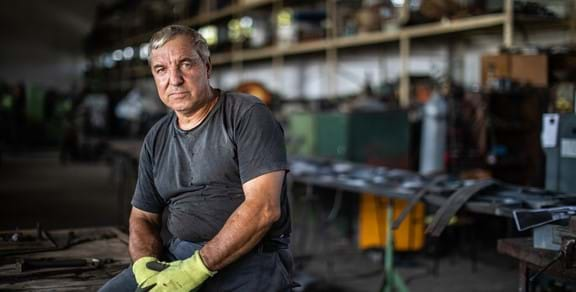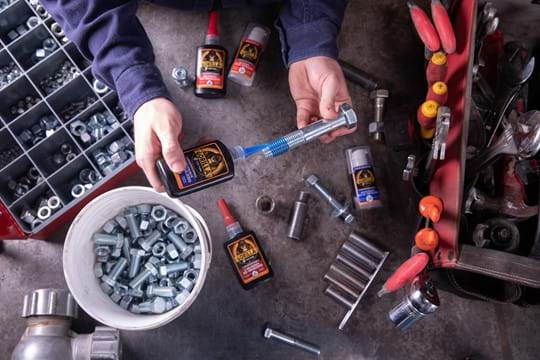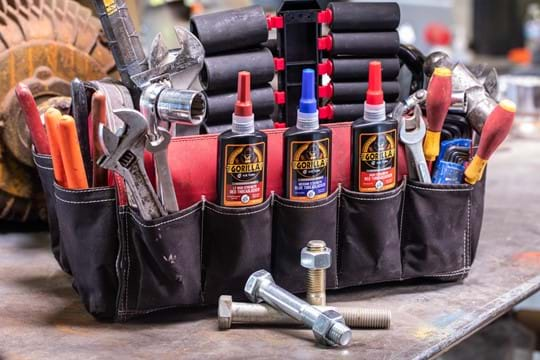Do I Need to Use an Anaerobic Primer?

When gasketing, pipe sealing or working with threadlockers, you might be wondering “Should I use an anaerobic primer?” Primer has a time and a place to be used (primarily with threadlockers, which we will focus on in this piece), and there are a few factors that determine whether it is a necessary addition.
From cure times to types of threadlockers (for instance, active vs. inactive metals), by the end of this blog article, you’ll be able to answer your anaerobic primer questions confidently.
When to Consider Using an Anaerobic Primer
Anaerobic primers significantly speed up the cure time of threadlockers when they are used to assemble metal parts that are cold or have large gaps or deep threads. Plus, they work as a cleaning agent. This way, the assembled equipment can technically get back into service faster.
Primers are also recommended when assembling metal parts with inactive surfaces, such as stainless steel, galvanized steel and zinc. You might be asking, what do inactive metals have to do with priming?
Inactive vs. Active Metals and Anaerobic Primers

Anaerobic adhesives and sealants cure in the absence of air and in the presence of metal ions. Because of this, primers are recommended when assembling inactive, or passive, metal parts to ensure that proper adhesion is completely reached.
‘Inactive’ metals, such as plated parts, anodized aluminum, titanium, stainless steel, galvanized steel, zinc and more, are low in ionization (metal activity), and as such, may benefit from an additional primer.
Active metals are metals that easily rust, such as iron, plain steel, copper, brass, bronze and manganese are higher in ionization and should rarely need a primer to assist in curing.
The threadlocker will set up slower on inactive metals due to their need for reduction or oxidation equations on the metal surface. Threadlockers rely on these equations to initiate or catalyze the cure of the adhesive once oxygen is removed.
Are Primers Ever 100% Necessary?
In the majority of cases, an anaerobic primer is not a necessity to reach a full cure or acceptable lengths of set times. But, if you are trying to speed up the process or find yourself in one of the aforementioned situations, it can be a valuable additional tool.
In most cases outside of inert metals, a primer is not necessary to reach a full cure. Primers are primarily used in situations where the metal substrates are not providing the proper concentrations or amounts of metal oxidation necessary.
If you use high-quality threadlocker products and high quality retaining compounds, you can significantly lower your need for extra tools and products, like an anaerobic primer.

GorillaPro® threadlockers were developed to maximize efficiency and minimize the need for machinery maintenance in your facility. Curing on active metal substrates in the absence of oxygen, the GorillaPro line of adhesives is designed to deliver metal-to-metal bonds that are highly resistant to shocks and vibration.
Certain materials, such as oils, can impede or even completely prevent some threadlocker adhesives from curing by anaerobic reaction, requiring assemblies to be well cleaned before the adhesive is applied so some people also use primers as a cleaning agent.
While cleaner is always better, the new chemistry in GorillaPro threadlockers will cure even with some residual oil or grime.
With a full complement of maintenance adhesives, repair epoxies, lubricants and sealants, GorillaPro products can repair and improve the reliability of almost any piece of equipment or machinery.
Want to learn more about high-quality threadlockers? Check out the full line of GorillaPro products here.